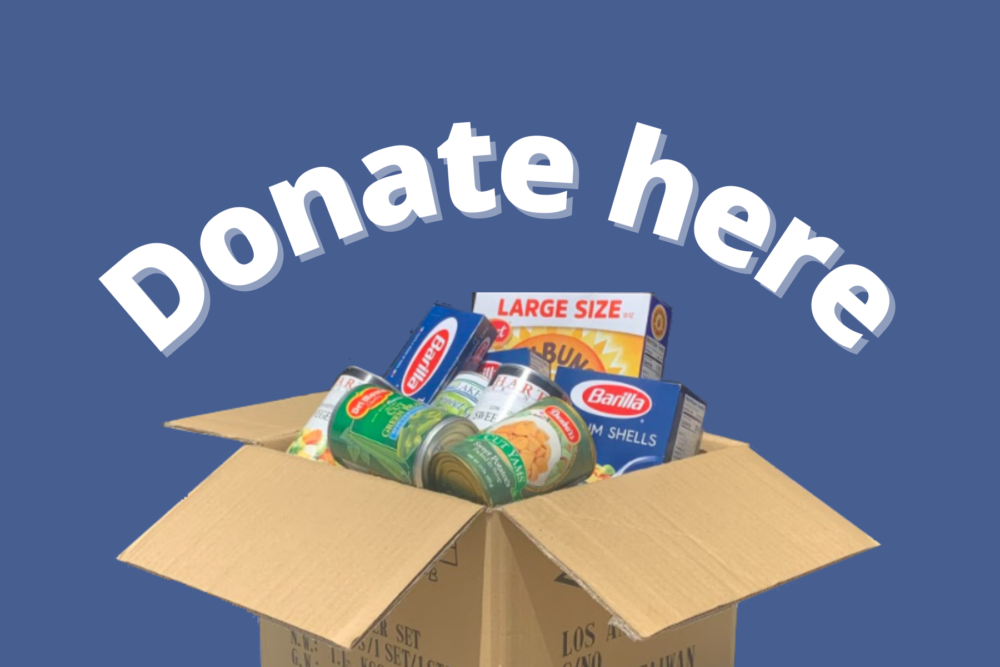
By Brandon Nguyen
One of the byproducts of the pandemic is hunger, and food banks have played a critical role in combating it. Food banks throughout Orange County have found ways to meet the needs of residents while overcoming the challenges of the pandemic, ranging from a 6.4% unemployment rate in March to the need for millions of dollars in funding.
Second Harvest Food Bank
The Second Harvest Food Bank distributed 42 million pounds of food in 2020 alone. Problems with the federal government arose when it was found that California would receive less than 1.3 million boxes of food when the state has a population of 40 million. Of that amount, Orange County received 5% of the boxes despite making up 8% of California’s population.
The Second Harvest Food Bank paired up with the Orange County Board of Supervisors through a $3 million contract in order to provide adequate funding. They also started their own carbon negative, self-sustaining vegetable garden.
“Communities should have more hyper local farms and better access to nutritious foods readily available, so that if there ever is a supply chain disruption there’s some resources that are readily available there,” Harald Hermann, CEO of Second Harvest told Voice of OC.
Another challenge was keeping volunteers safe from the coronavirus. Second Harvest had a network of 312 food pantries and over half a million volunteers, but the food bank transitioned to a drive-thru food distribution system and has provided volunteers with all personal protective equipment recommended by the Centers for Disease Control and Prevention.
Saddleback Church
Saddleback Church has teamed up with Orange County Supervisor Andrew Do, Supervisor Lisa Bartlett and former supervisor Michelle Steel to gain access to areas where they can hold drive-thru food distributions.
“One of the major ways we have gotten through the ups and downs has been creating a drive-through grocery distribution,” Mission Team leader Alexis Coutsicos said. “Before the crisis, we were doing it in person and in a building. Saddleback and my boss found ways to make it safe and keep everyone healthy during this time.”
Saddleback has worked with local farms and big companies like Starbucks to secure food and funding for refrigeration units.
At each Saddleback grocery distribution, volunteers are split up into eight teams ranging from the check-in team that follows cars in line to keep track of their orders to the frozen food team that packs boxes of food that will be placed in people’s trunks.
A unique thing that Saddleback does is tell people seeking food that they’re loved by God. This aims to combat the mental health tolls of quarantine during the pandemic and spread the message that everyone is loved.
“It means a lot to me because so many people are struggling right now. We get to show them the love of God. We show them through food that we love them and they are also loved by God. It brings me joy to know that even when things are hard in my life, I see how God is working in other people’s lives,” Coutsicos said.
Additional Resources
The Second Harvest Food Bank holds a large drive-through every Saturday from 9 a.m. to noon at the Honda Center.
Saddleback Church holds different pop up food distribution drive-throughs throughout Orange County.
The Community Action Partnership gives out food boxes at over 70 distribution sites throughout Orange, Los Angeles and Riverside Counties to low-income seniors. Their food distribution monthly calendar can be found here.
The Power of One Foundation holds weekly drive-thru food distributions across Orange County.
Volunteering at a food bank is also an easy and consistent way for students to help the community and earn volunteer hours. Contact your nearest food bank for information on volunteering.





